by Laurence Carpenter
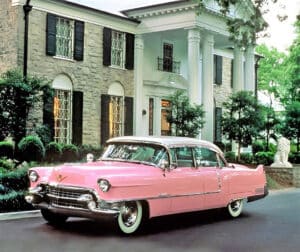
Transportation has always been a pivotal element of our everyday lives, serving not just functional purposes but also as symbols of status and personal identity. When associated with legendary musicians, these vehicles transform from mere modes of transport into revered artifacts of cultural and historical significance. In the realm of music memorabilia, cars, motorcycles, and even airplanes previously owned by iconic musicians not only capture pivotal moments in time but also serve as monumental keepsakes of their lives and legacies.
Vehicles owned by music legends are not merely about mobility; they represent the personal styles, preferences, and even the epochs of those artists. For instance, Elvis Presley’s 1955 Cadillac Fleetwood, more than a car, was an extension of his persona, famously painted pink and emblematic of his status as The King. Similarly, Janis Joplin’s 1964 Porsche 356 Convertible, with its psychedelic paint job, reflected the freedom and rebellion of the 60s. John Lennon’s 1965 Rolls Royce Phantom V, sold at auction for an impressive sum, embodies the sophistication and artistic taste of Lennon himself. These vehicles hold narratives deeply intertwined with musical milestones and the personal histories of these stars.The allure extends skyward with aircraft like Elvis Presley’s private jet, the Lisa Marie. This Convair 880 jet, named after his daughter, is not merely a mode of transport but a fully customized “flying Graceland,” complete with a bedroom, executive bathroom, and conference room, reflecting Presley’s status and lifestyle. Now parked permanently at Graceland, it serves as a museum piece, allowing fans a closer look at Elvis’s life and travels.
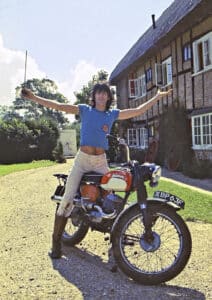
The market for musicians’ vehicles is dynamic and influenced by factors including the artist’s lasting popularity, the originality and preservation of the item, and its history of ownership. Collectors value these pieces in their used condition, as each mark and stain contributes to the item’s provenance, almost preserving it in time.
Mindful restoration is crucial, maintaining traces of wear that allow one to envision the precise moments the artist interacted with the piece. The rarity of these items often results in high demand and significant auction outcomes. Auction houses have noted substantial interest in such memorabilia, especially from entrepreneurs who buy, restore, and charge entry to artist-used planes and tour buses.
Notable sales often stir public interest and media coverage, further cementing the status of these items as highly coveted collectibles. For example, the auction of Jerry Garcia’s custom-made guitars, which fetched millions of dollars, shows the profound connection fans and collectors have to items personally linked to musicians. Vehicles often garner attention for their unique modifications and histories, adding layers of desirability and intrigue.
The profound impact of celebrity culture extends deeply into the realm of collectibles. Famous musicians often lead trendsetting lifestyles that are closely followed by the public. The vehicles and transportation modes they choose become a part of their public persona, making them highly sought after upon their release into the market. The stories of musicians like Freddie Mercury and his love for luxury cars, or Keith Richards with his collection of classic bikes, not only fuel the legends surrounding these figures but also enhance the market value of these collectibles.Many collectors prize vehicles that carry unique modifications or personal touches added by their musician owners. These enhancements range from custom paint jobs and interior designs to specially engineered features, which provide deeper insights into the artist’s personal taste and lifestyle. Such details make each piece not only a part of music history but also a masterpiece of personalized artistry, often mirroring the creativity the musicians displayed in their music.
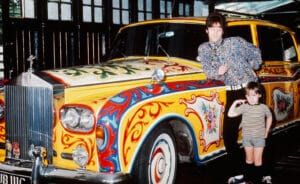
For example, John Lennon purchased a Rolls-Royce Phantom V, which he initially had in the standard black. However, in 1967, he chose to have it painted in a psychedelic pattern that included bright colors and floral designs. This iconic paint job was inspired by the era’s prevalent “Summer of Love” and Lennon’s own growing interest in peace and transcendental meditation. The car’s colorful, bold artwork became a symbol of Lennon’s eccentricities and artistic expression during that transformative period for both him and The Beatles.
This Rolls-Royce not only served as personal transport but also as a rolling piece of art that reflected Lennon’s unique personal and musical journey.
The emotional and historical value of transportation-related music memorabilia creates a powerful draw for collectors. These items serve as relics of the past, allowing individuals to own a piece of the legacy of music legends. As the market continues to evolve, the intersection of music memorabilia and transportation remains a rich vein for collectors, combining passion with historical appreciation.
As we look forward, the continued fascination with these iconic memorabilia pieces is likely to persist, as new generations discover the music and stories of past icons. Whether housed in museums or private collections, these vehicles and aircraft ensure that the spirit of their famous owners continues to inspire and resonate with fans around the world, maintaining their allure as significant, collectible treasures.
Laurence Carpenter is one of the leading music memorabilia collectors and dealers in the world. He also curates pieces for the Grammy Museum, has been featured on British television and radio programs, and specializes in representing musicians, collectors, and their estates in the sale of their archives to research institutions and museums. Carpenter lives in Ireland where he is the Founder and Managing Director of Rock Solid Investments. He has been a passionate collector, dealer, and investor of culturally important music memorabilia for over 30 years. If you’re considering buying or selling an item but are uncertain about the next steps, please don’t hesitate to reach out by email at laurence@popicons.com or at his website: RockSolidInvestments.ie

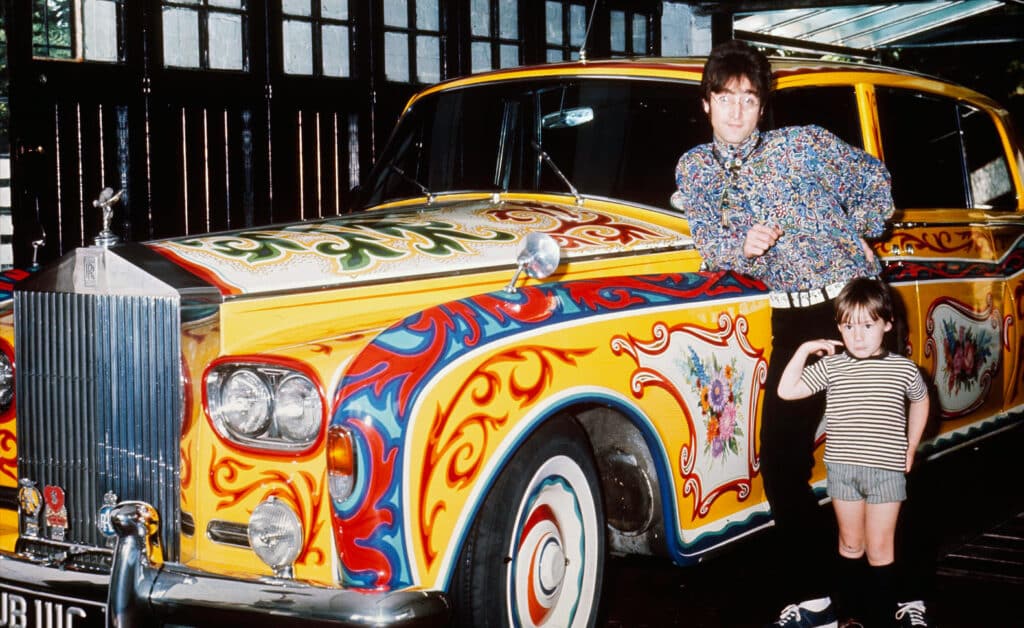
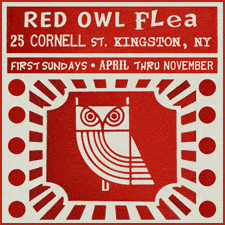



Related posts: